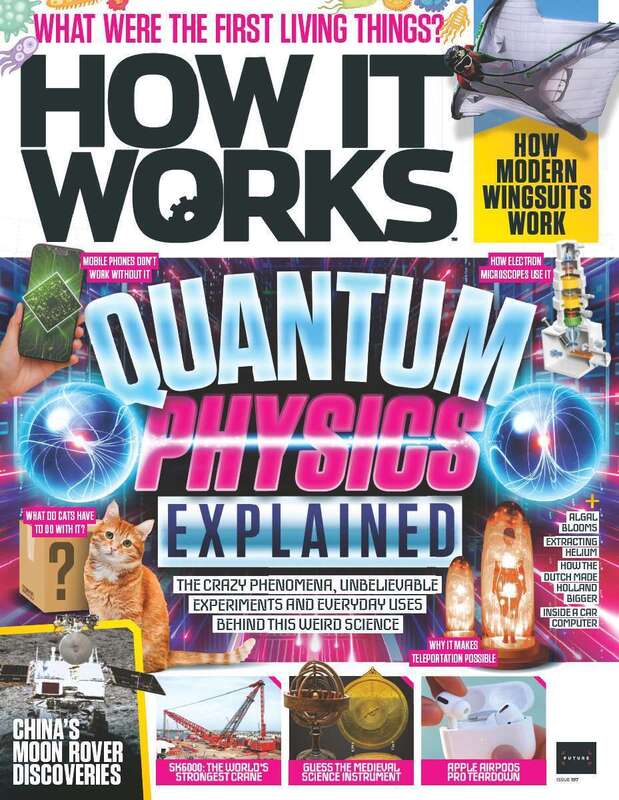Heroes of Space: Mary Sherman Morgan
by Scott Dutfield · 04/03/2021
Discover how the first female rocket scientist secretly influenced the international Space Race

Due to her humility and the top-secret nature of her work, Mary’s accomplishments only came to light when her son, George, was told her obituary could not be verified. He made it his mission to publicise what she had made possible, highlighting her role as the saviour of the US in its space-faring struggles.
Born on her family’s farm in Ray, North Dakota, Mary was kept out of school so she could help her father with farm work. The authorities soon intervened, and she was sent to attend the small-town schoolhouse. Being a few years behind didn’t hold her back, and by the time she graduated high school, she represented her class as valedictorian. Aware of her intelligence, she ran away from Ray to attend Minot State University as a chemistry major, where her skill was evident.
The outbreak of World War II resulted in a national shortage of chemists and scientists. In spite of the fact she was still a student – and a woman – due to her talents she was offered a job as a chemical analyst with Plum Brook Ordnance Works, producing explosives for the wartime effort. She put her degree on hold and moved to Ohio, taking on the dangerous job of analysing volatile chemicals to produce weaponry.
After the war ended there was a fall in demand for explosives, so she made a move to the field of aeronautics, moving to California to work for NAA (North American Aviation). The only woman out of 900 engineers, she was soon promoted to a role which involved calculating the performance of rocket propellants and designing specialty fuels to work with different engines. However, having never returned to complete her degree, she was not afforded the rank or higher pay of an engineer, even though she boasted all the skills and knowledge of one.
Her experience with propellants meant that when NAA was tasked with solving problems with rocket fuel, Morgan was appointed technical lead on the project. She needed to find a fuel capable of lifting redesigned Redstone rockets into space. National pride was on the line, so Morgan set about investigating fuels, finding several insufficient or incompatible before finally designing her own mixture, which was named Hydyne.
Hydyne tested well with Redstone missiles, and subsequently Jupiter-C rockets, proving to be a quick solution to get to space without a total rocket redesign. The fuel made the first successful US satellite launch possible, even if Morgan silently slipped away from her success, retiring to focus on her family, leaving her chemistry career behind.
The Big Idea: How her Hydyne fuel saved the US in the Space Race
With the launch of Sputnik in 1957, the US was in crisis. It needed to launch a satellite into space, but had no fuel powerful enough to launch the heavy Redstone-derived rocket, and the need for more fuel would only increase this weight. With Wernher von Braun and other top engineers unable to find a solution, the problem was outsourced to North American Aviation’s Rocketdyne Division. Morgan was named technical lead on the project due to her expertise, and her work resulted in a new propellant, Hydyne. 60 per cent unsymmetrical dimethylhydrazine and 40 per cent diethylenetriamine, Hydyne provided the boost needed for the US to get off the ground, putting Explorer 1 into orbit and the country back on even footing in the Space Race.
This article was originally published in How It Works issue 136, written by Nikole Robinson
For more science and technology articles, pick up the latest copy of How It Works from all good retailers or from our website now. If you have a tablet or smartphone, you can also download the digital version onto your iOS or Android device. To make sure you never miss an issue of How It Works magazine, subscribe today!





